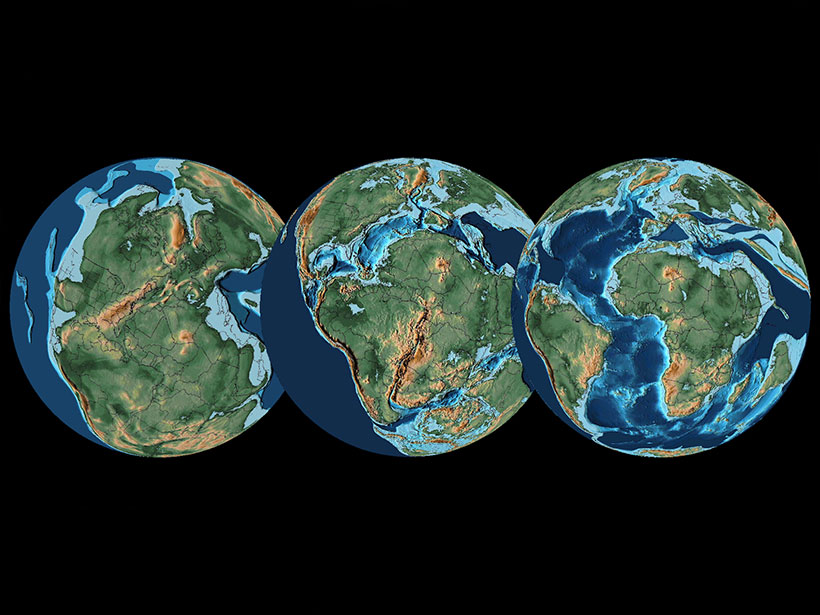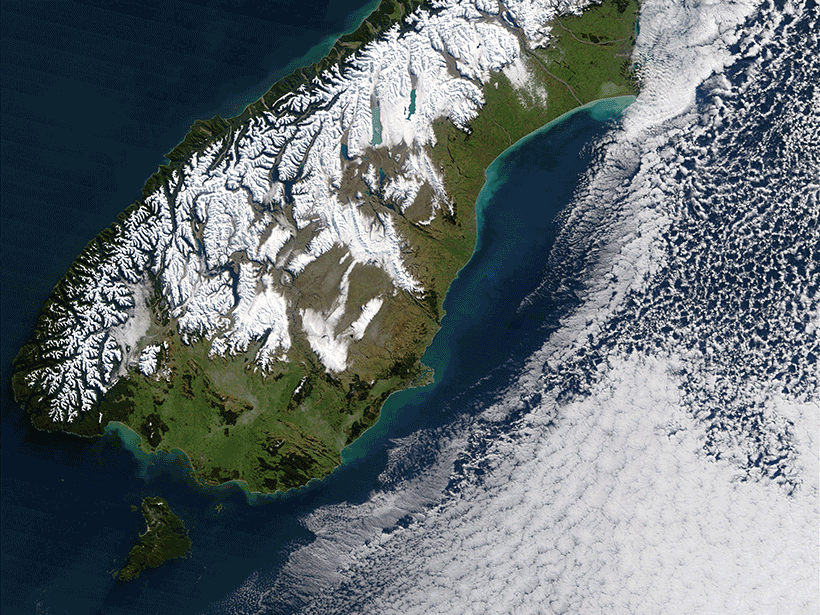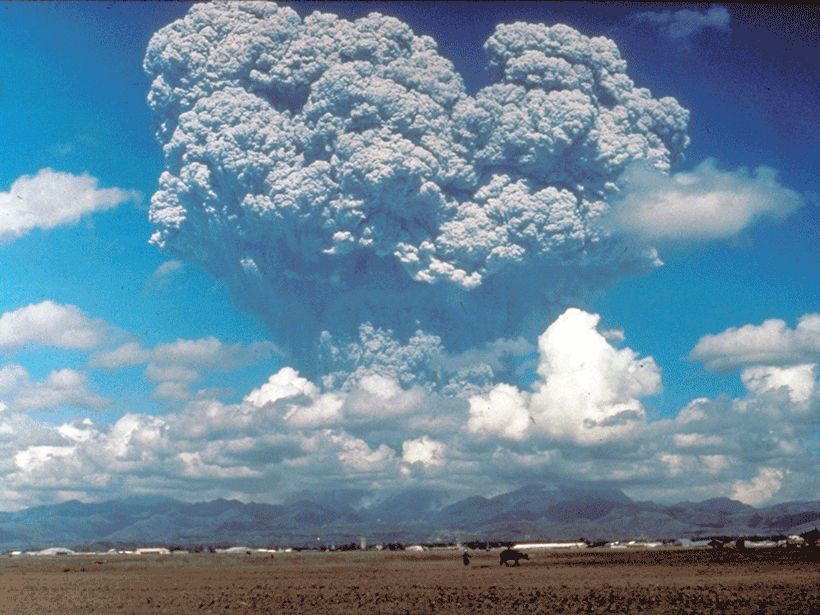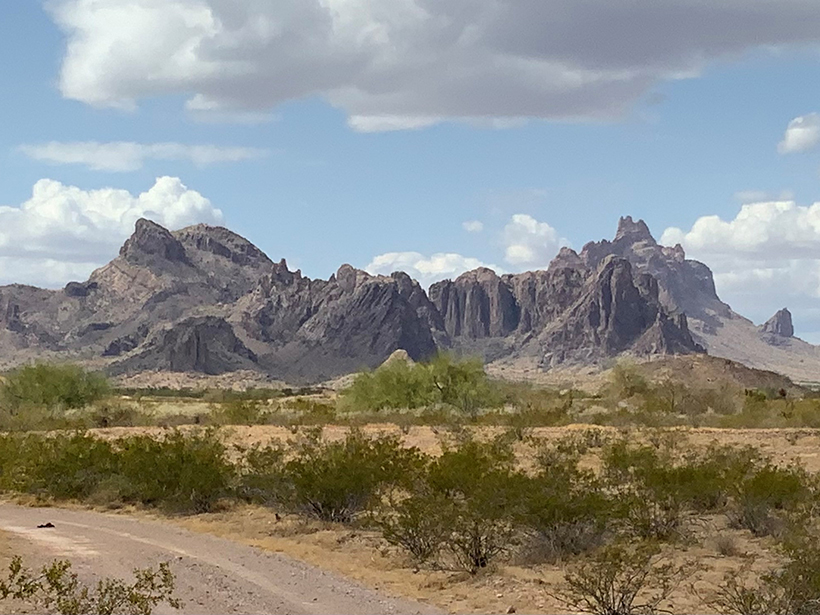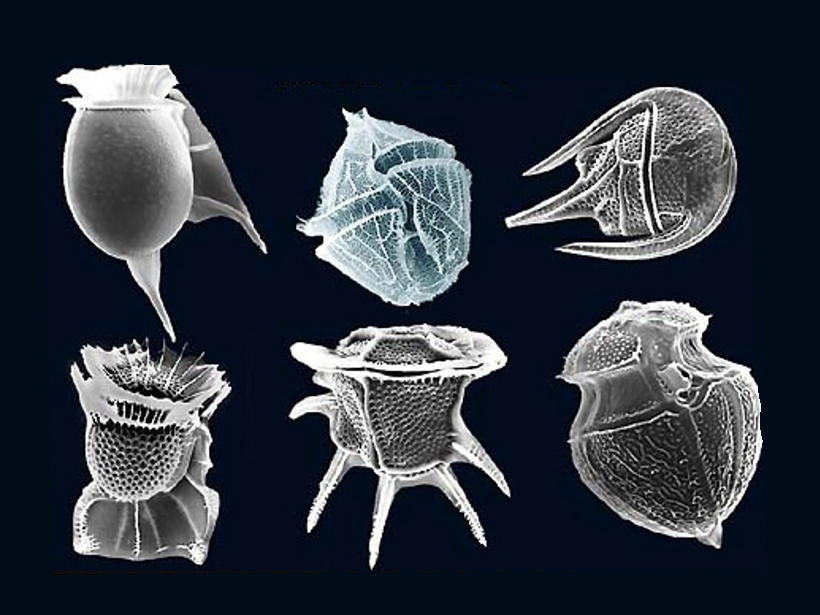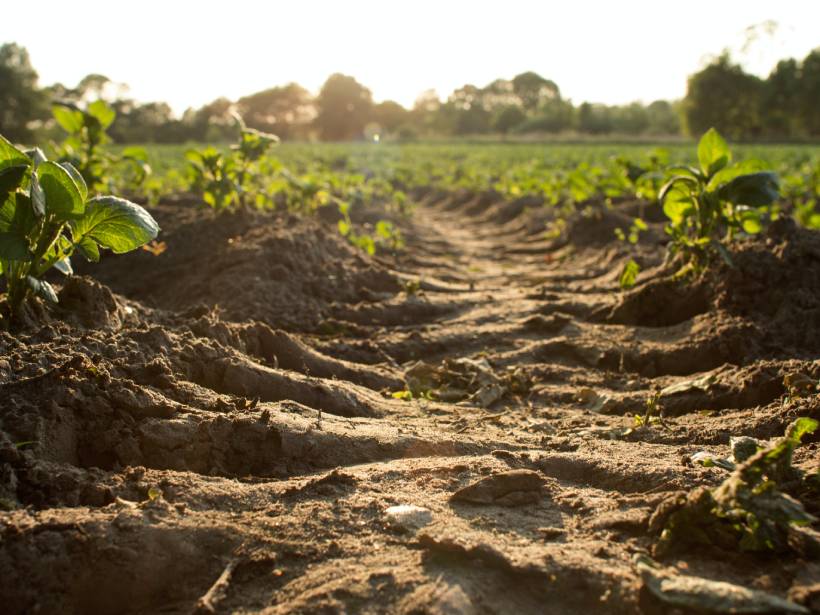An ensemble of climate simulations identifies factors that drove long-term trends of a prehistoric greenhouse climate.
Research Spotlights
Research spotlights are plain-language summaries of recent articles published in AGU’s suite of 24 journals.
Irtysh River Drove Arctic Sea Ice Expansion 3 Million Years Ago
The Siberian river’s creation caused a massive influx of fresh water into the Kara Sea and radically changed the Arctic Ocean and Earth’s climate.
Scientists Uncover the Seasonality of COVID-19
Researchers identify the environmental variables driving the seasonality of the novel coronavirus.
Crustal Motion and Strain Rates in the Southern Basin and Range Province
New research teases out variations in strain rates and explores potential earthquake hazards across the southern Basin and Range and Colorado Plateau.
El papel del fitoplancton de tamaño medio en la bomba biológica de la Tierra
Una nueva investigación revela que el nanoplancton podría tener una mayor influencia en el ciclo del carbono de lo que se pensaba.
A New Method Produces Improved Surface Strain Rate Maps
The transdimensional Bayesian approach handles GPS data limitations better than existing methods and may assist future seismic hazard assessment studies.
Half of U.S. Tidal Marsh Areas Vulnerable to Rising Seas
Adaptation appears possible in some areas, with northerly marshes having a greater capacity to form new soil and gain elevation, whereas some southerly marshes can migrate inland.
Una mirada global al carbono orgánico superficial del suelo
El carbono orgánico del suelo es un elemento importante para la salud de los ecosistemas y del clima. En la actualidad la teledetección permite a los científicos observar globalmente esta importante pieza del rompecabezas del carbono.

